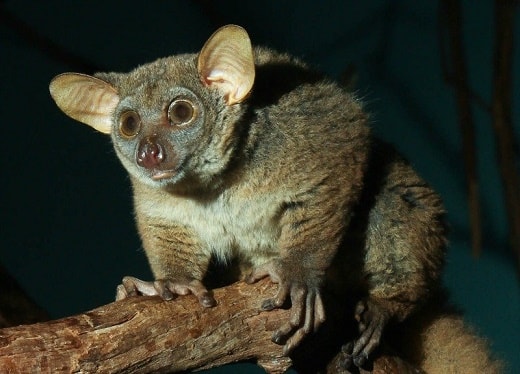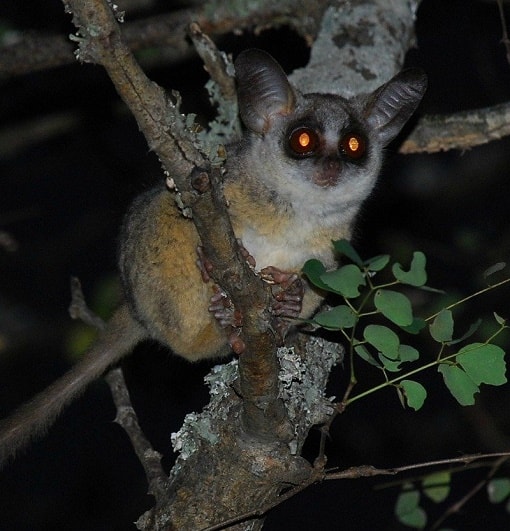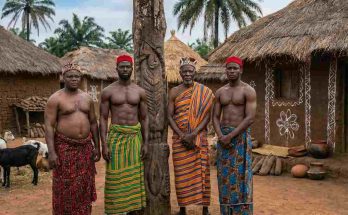by Staff writer
Named after their childlike cry, bush babies are primitive primates found in Africa.
Bush babies are found throughout East Africa as well as in woodlands of sub-Saharan Africa.
Countries where you are likely to find a bush baby include:
Benin, Burkina Faso, Cameroon, DRC, Kenya, Niger, Rwanda, Tanzania, Uganda, Nigeria.
Bush babies live in tree hollows that provide shelter. They prefer trees with little grass around them, probably as a precaution against wildfires. They can also seek shelter in man-made beehives.
How does a bush baby look?
 |
| A Bush baby |
A bush baby has a silver-grey to dark-brown-colored coat with a small head.
They have large eyes that give them good night vision, strong hind limbs and long tails that help them in maintaining balance. Their large bat-like ears afford them good hearing which enable them to track insects in the dark.
What do bush babies eat?
Insects, fruits and tree gum.
How did they get the name “bush baby”?
Despite their small size, bush babies are vocal animals. They give a range of calls, from grunts, clicks and crackles. Their long-range, territorial call sounds just like a wailing human child. This together with the very “cute face” may account for the name.
How do bush babies breed?
Males check the reproductive condition of females by sniffing their genitals. A particular smell tells them the female wants it.
Males also fight savagely for a female, and a loser that cannot escape may even be killed.
The female on heat aggressively repulses the male’s approaches at first.
When she does finally allow it, mating takes place repeatedly for about five minutes every two hours.
A mother stays continuously with her babies for their first three days. The young are weaned at six weeks and become independent at two months.
Young males disperse a few kilometers from their birth-place while females often remain in their natal group.
How do these African animals catch their prey?
Using its large ears, a bush baby can locate prey by sound so precisely that it can catch flying insects from the air. They are fast, agile and very accurate.
This allows them to catch insect prey in the dark by snatching them from the air.
How do they mark their territories?
In line with their nocturnal habits, bush babies make heavy use of scent signals.
They have an unusual and elaborate way of scent marking, which is called urine washing. This process involves dribbling urine over their hands and feet and then rubbing them together.
Subsequently, they leave a trail of damp, smelly foot and hand prints along their pathways as they move through the branches. The sticky urine also gives them a better grip as they jump between branches.
Who are their biggest enemies in the wild?
They are preyed upon by large owl species, snakes, African wild cats and genets.
What are other interesting things one should know about bush babies?
There are different kinds of bush babies, classified according to how they look and where they are found.
All kinds of bush babies belong to the same family, called Galagidae.
Grooming is a very important part of the bush baby daily life. They often groom before, during, and after rest.
Social grooming is performed more often by males in the group. Females often reject the attempts made by the males to groom them.
***
Credit:
WikiPedia
NatGeo Wild




Are they edible?
I like bush meat.
Bush baby hmmmm.
This is a relief from the horrible stories heard in Secondary school, lol
Scary thing. Hope I see one when I visit Africa
How can I get this as pet I live Boston